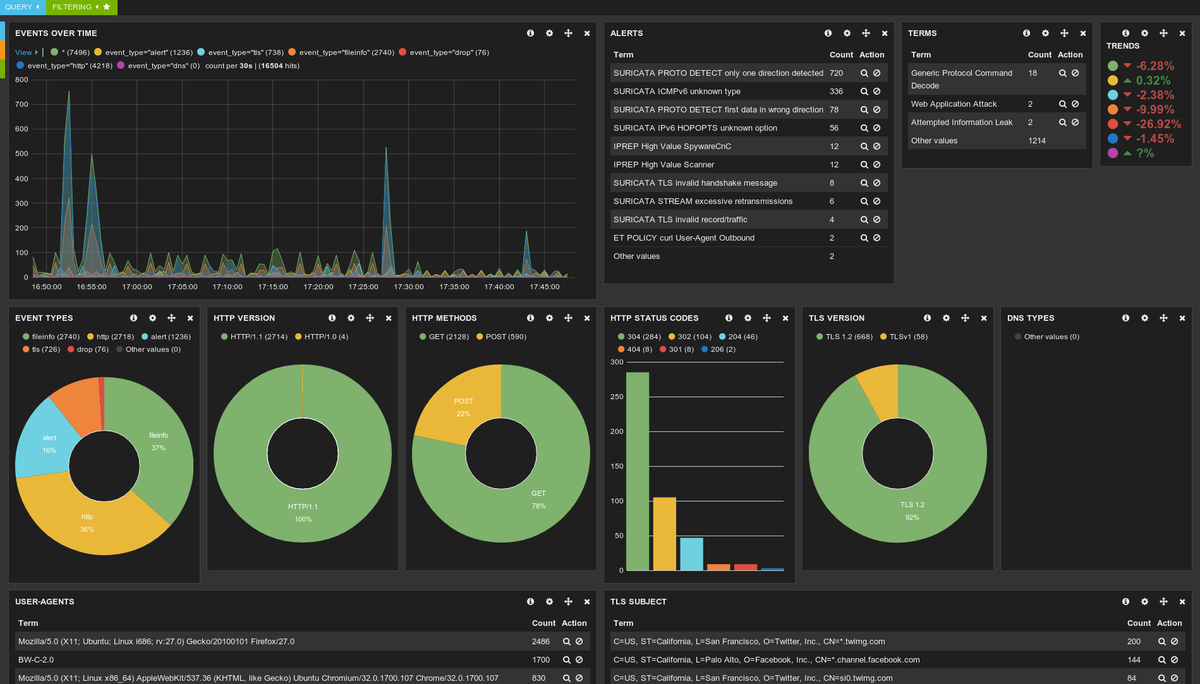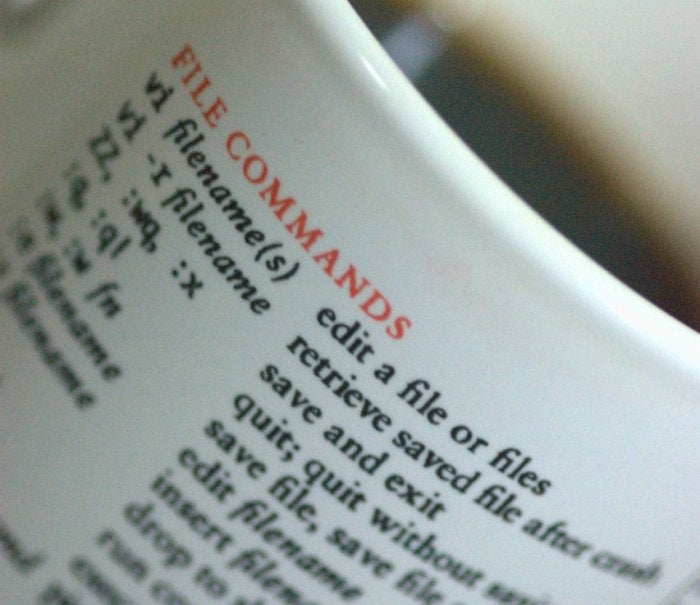Want to try Linux but looking for something familiar? If you are a Mac user who fits this description, then this article is just for you!

ELEMENTARY OS
Jun 28, 2020 The Mac is an excellent platform for running not only the latest macOS , but also Windows and Linux.The MacBook Pro is a popular platform for running Linux.
Elementary OS is often praised as the most beautiful desktop around. It is automatically set up to look and act like a Mac, and has a strong focus on keeping it simple. However, it does not come with the Gnome Software Center, but rather it’s own. Unfortunately, this Software Center is rather limited compared to its’ Gnome counterpart. However, it offers an even more similar experience to Apple’s Appstore, thus keeping it simple and easy for new users migrating from a Mac.
While not as customizable as many other Linux distros, it has a much more beautiful setup by default. As with most Linux distros, they can be made to look however the user sees fit. However, Elementary OS is one of the few that aims to satisfy it’s users as far as looks go, without any changes. Due to this, you can have a gorgeous desktop without doing anything!
SOLUS
- Don't settle for just any UNIX guidebook. Get one focused on your specific needs as a Mac user! A Practical Guide to UNIX ® for Mac OS ® X Users is the most useful, comprehensive UNIX tutorial and reference for Mac OS X and is the only book that delivers. Better, more realistic examples covering tasks you'll actually need to perform.
- No matter how much the elementary OS team denies it, there are resemblances to.
- OS X puts more than a thousand Unix commands at your fingertips—for finding and managing files, remotely accessing your Mac from other computers, and using freely downloadable open source applications. If you’re an experienced Mac user, this updated edition teaches you all the basic commands you need to get started with Unix.
- MAC users have this facility to use a Unix toolkit. Users have to use the terminal to access the kit. The tool package gives its users many tools, utilities, and compilers that include GCC, Perl, svn, git, etc.
Solus will easily roll you from one year onto another without ever having to reinstall your Operating System. This is due to the fact that it features a rolling release cycle. This means that not only can you update your programs natively, you can also update your system whenever a new component comes out. This means that you can keep your entire system up-to-date indefinitely! Mac’s actually do this also, as shown by their software updates. These software updates allow the user to upgrade their Mac from, for example, 9.3.5 to 10.0. Now with Solus, you can continue this tradition with Linux!

Solus features three Desktop Environments, namely Mate, Budgie, and Gnome. The first Desktop Environment is explained in the above section concerning Ubuntu. However, Budgie and Gnome are not. Gnome is the same desktop that the default flavor of Ubuntu uses, but Solus does not customize the setup as much, leaving it at the default Gnome setup. As for Budgie, that is Solus’ flagship in the DE category. It is a DE similar to Gnome, except for the fact that it’s settings are in the style of a bar on the side of the screen rather than a traditional settings application. This bar features a setup similar to that of a Mac due to it’s Notifications column and it’s General settings one. Overall, this aids in completing the look and feel of a Mac.
Unfortunately, most rolling distros tend to have more glitches than non-rolling ones. This is because the user is always receiving the newest programs and applications available, and consequently these newer versions of the software have often not been tested as long as the older versions have. Due to this, most rolling distros are not recommended to those new to Linux. However, Solus is an exception. It is known for remaining incredibly stable even though it has a rolling nature to it.
Sadly, Solus does not have quite as much software available as other Linux distros. It includes the most popular programs, but if you are looking for a less known one, you may be out of luck. Thankfully, if you feel you just need a certain application or program, you can contact the developers of Solus and they will at least look into adding the program you mentioned to them into the available software for you to install.
Unix Commands For Mac

Linux For Mac
DEEPIN
Deepin is rapidly growing in popularity in the Linux world due to it’s attractive interface. It has stunning visual effects and features a settings bar on the side of the desktop. This settings bar replaces the traditional application for customizing your settings, just like the side bar in Solus. As for the taskbar, it can be made to look and act either like a Mac or a Windows machine with one click. Simply right cllick on the taskbar and select Properties and then pick either Fashion Mode for a Mac look or Efficient Mode for a Windows look.
While many distros use tools already out there and available, Deepin does not utilize mny of them. Instead, its’ developers create their own applications to go along with their distro. A few examples of this are Deepin Movie, Deepin Screenshot, and Deepin File Manager. This way, your experience is guaranteed to have a uniformed feel to it.
Conclusion:
While Elementary OS has plenty of software available, both Solus and Deepin are somewhat more limited in that field. Thus, if you are feeling adventurous, it would be advisable to install Deepin or Solus through the Antergos Community Edition. Inside the installer, the “Solus” option will be titled “Budgie” and the Deepin option will remain the same, with the title “Deepin”. If you go with this method, not only will you will have plenty of software to choose from, but your Operating System will be using a rolling release approach. This means that you can just continuously update your system, rather than re-installing it every few years when a new version of it comes out. However, it also means that since everything is being continuously updated, you will be using the newest versions of software available. This is generally a good thing, except when it comes to stability. Since the software is newer, it has not had as much time to be thoroughly tested, and therefore a glitch or two in your system has a higher chance of taking place than it would if you were not using a rolling release approach. This is true for any distro that features a rolling release cycle, with the exception of Solus. As for that distro, the developers have taken great pains to keep it stable and fully reliable, although there are less programs available for it.
In the end, it is your choice. There are positives and negatives to either approach. However, since all of these distros are 100% free (just like any Linux distro is) you can always change your mind later and install a different distro of your choice. It’s entirely up to you! Enjoy!

